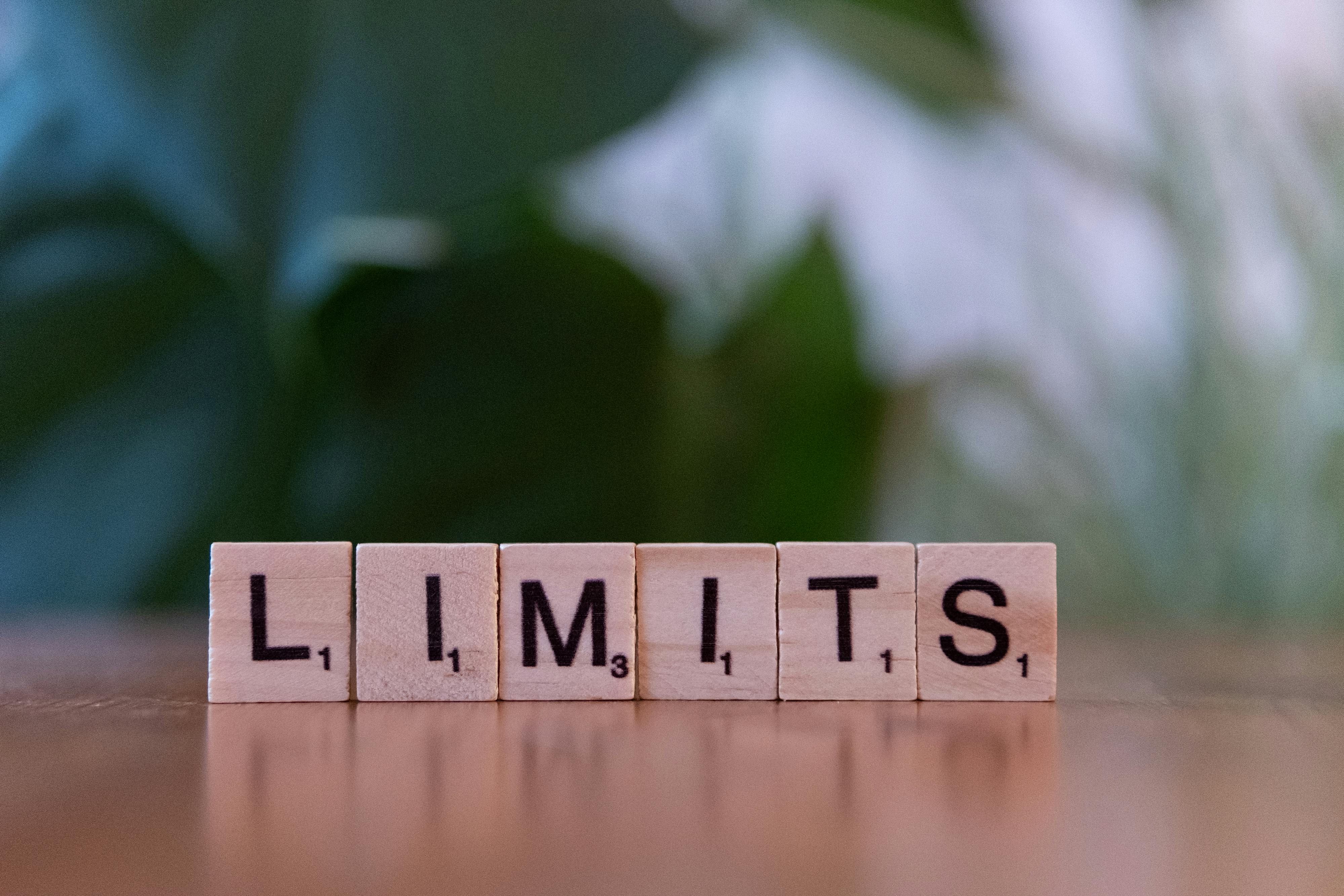Smart Ways to Get Rid of Your Piercing Bump in 2025
Piercing bumps can be quite common, causing discomfort and concern for many who enjoy body modifications. These unsightly bumps may form for a variety of reasons, including irritation, infection, or even allergic reactions to jewelry materials. Understanding how to effectively manage and treat these bumps not only improves your overall piercing experience but also enhances your confidence and well-being. In this article, we will explore smart ways to get rid of your piercing bump, including effective remedies and home care tips.
As where you may find that healing times vary across different types of piercings, staying informed about proper aftercare and potential complications is vital. You'll discover practical advice on cleaning techniques, soothing remedies, and the best practices for preventing future occurrences. By adhering to a holistic approach, you'll learn how to quickly and efficiently manage any piercing bumps that may arise.
Key takeaways from this article include:
- Understanding the causes and symptoms of piercing bumps
- Best practices for aftercare and cleaning
- Natural and effective remedies for relieving irritation and swelling
Identifying Causes and Symptoms of Piercing Bumps
Before diving into treatment options, it's essential to understand what causes those persistent bumps around your piercings. Piercing bumps often form due to a variety of factors, such as trauma, irritation from jewelry, or an allergic reaction to metals. It is crucial to differentiate between a simple bump and more severe issues like keloids. Knowing the symptoms of each can help you address the problem more effectively.
Common Symptoms of Piercing Bumps
Piercing bumps can often appear as raised areas on the skin surrounding the piercing. Typical symptoms include redness, swelling, and in some cases, pain and itching. Keeping an eye on these signs helps in identifying whether your bump is benign or requires medical attention. It's important to observe for signs of infection, such as pus, increased warmth, or prolonged redness, which may need faster intervention.
Understanding Piercing Bump Causes
Factors influencing piercing bump formation range from physical trauma to allergic reactions from jewelry materials. For instance, poor quality metals like nickel can trigger inflammation and bumps. Too much pressure on the piercing from tight earrings can also exacerbate the issue. Identifying the source of irritation is crucial for effective healing.
Recognizing Complications from Piercing Bumps
In some cases, a piercing bump might signal the onset of a more serious issue, such as an infection. Recognizing the differences between a piercing bump and keloids is essential. The latter are thick, raised scars that can develop regardless of trauma. Understanding these distinctions influences your approach to treatment and care.
Effective Piercing Bump Treatments
Now that you have a grasp on what causes piercing bumps, let’s delve into effective treatments. A combination of home remedies and professional advice can significantly improve your chances of managing these issues efficiently.
Home Remedies for Piercing Bumps
Many people prefer to use home remedies for minor irritation and bumps. Simple solutions like aloe vera gel or tea tree oil can provide immediate relief and support healing. Aloe's natural anti-inflammatory properties soothe irritated skin, while tea tree oil's antibacterial qualities help in combating potential infections.
Best Ointments for Piercing Bumps
When searching for effective ointments to apply, look for those labeled as hypoallergenic and designed specifically for piercings. Over-the-counter options may include products containing hydrocortisone for inflammation reduction. However, consult with a professional if you have concerns about which ointment is best suited for your needs.
Professional Piercing Advice
Sometimes, seeking professional help is the best course of action. A qualified piercer or healthcare professional can inspect your piercing and recommend appropriate treatments or cleaning solutions. They can also identify any complications that may be influencing the bump's development, leading to better management strategies.
Cleaning and Aftercare for Piercing Bumps
Proper care plays a pivotal role in the healing of your piercing and helps prevent bumps from recurring. An effective cleaning routine coupled with essential aftercare steps can streamline the healing process.
Best Practices for Piercing Cleaning
Regular cleaning of your piercings minimizes irritation and helps ward off infections. The use of saline solutions or gentle antibacterial cleansers can effectively remove debris. It’s essential to avoid harsh chemicals like hydrogen peroxide that may dry out and irritate the skin. Instead, consider natural remedies such as chamomile tea, known for its calming properties.
Essential Aftercare Steps for Piercing Bumps
To ensure optimal healing, follow aftercare protocols strictly. This includes avoiding swimming in pools or hot tubs to prevent infections and steering clear of touching the piercing with dirty hands. Additionally, giving your piercing adequate time to breathe helps with recovery.
Tips to Prevent Piercing Bumps from Recurring
Once your bump heals, there are preventative measures you can take. Switching to high-quality jewelry made from materials like titanium or surgical steel reduces allergic reactions. Moreover, allowing your piercing to settle before changing jewelry plays a significant role in preventing irritation and subsequent bumps.
Alternative Treatments and Natural Solutions for Piercing Bumps
If conventional treatments haven’t yielded the results you desire, you may wish to explore alternative options. Natural solutions often help soothe irritation and enhance recovery.
Natural Oils for Piercing Bumps
Oils such as lavender and peppermint can provide both healing and soothing effects. Lavender oil’s natural antiseptic qualities can help promote healing and alleviate discomfort. Direct application to the affected area, diluted with a carrier oil, can provide effective relief from bumps.
Using Ice to Soothe Piercing Bump Pain
If you experience swelling or pain, using ice wrapped in a cloth can serve as a temporary solution to reduce inflammation. Apply for short intervals to help alleviate discomfort and provide relief.
Understanding Anti-Inflammatory Treatments
When dealing with pain and irritation, your choice of treatment can significantly impact your healing. Use gentle anti-inflammatory solutions recommended by healthcare professionals to enhance comfort and expedite the recovery process.
Conclusion and Final Thoughts on Piercing Bump Management
In conclusion, managing piercing bumps involves understanding their causes, implementing proper care, and utilizing effective treatments. Whether employing home remedies or seeking professional advice, staying informed is crucial to achieving healthy, irritation-free piercings. Remember, what may seem like a minor inconvenience can often be addressed through proactive measures and consistent care.
By adopting these smart strategies for piercing bump management, you’re empowering yourself with the knowledge needed to enhance your piercing experience in 2025 and beyond. Explore further into the benefits of proper aftercare and engaging with credible resources on skin health and body modifications.
 example.com/image2.png
example.com/image2.png  example.com/image3.png
example.com/image3.png 